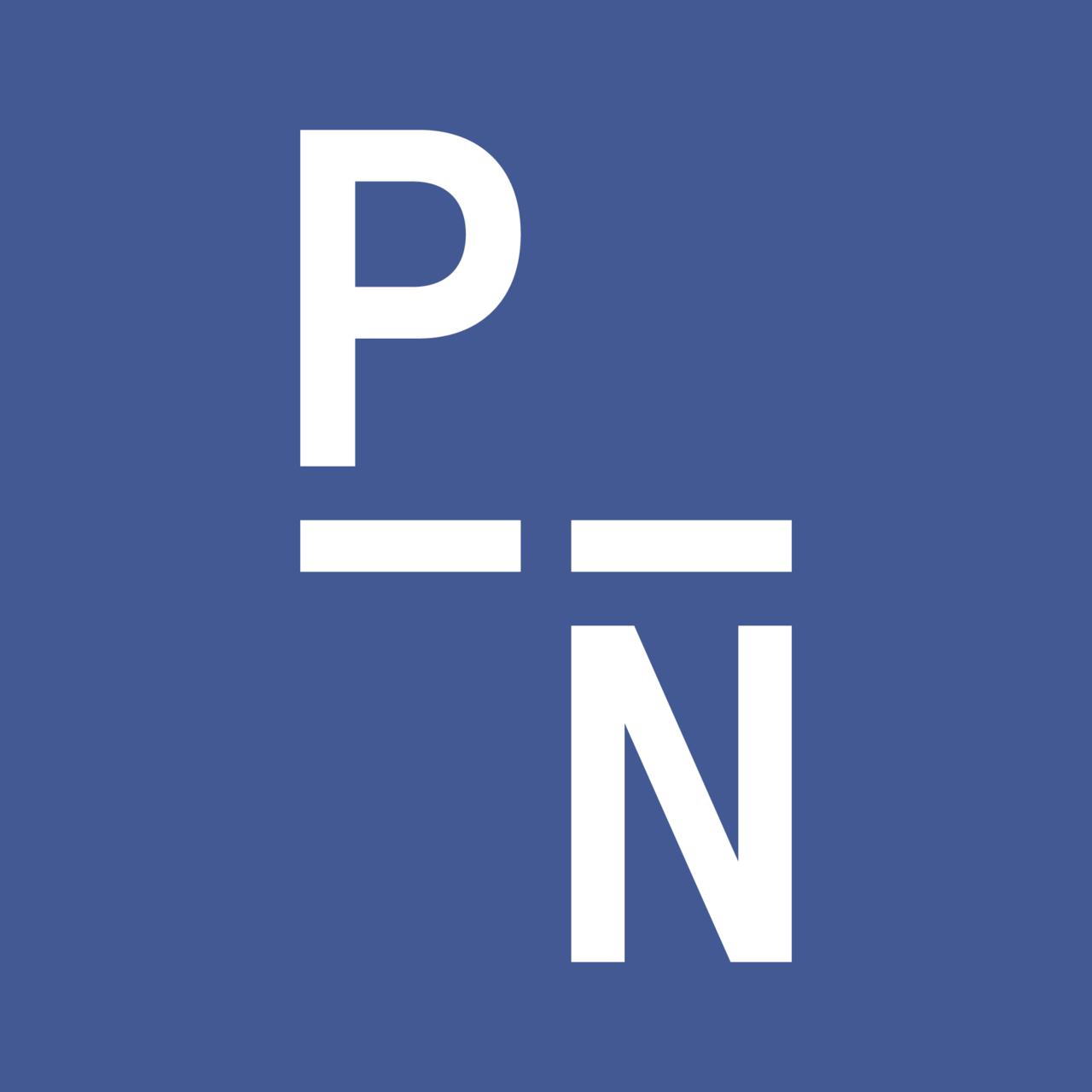Odin Brings You Writing, News, and Rants about Cars!
I've got a big newsletter for you this week!
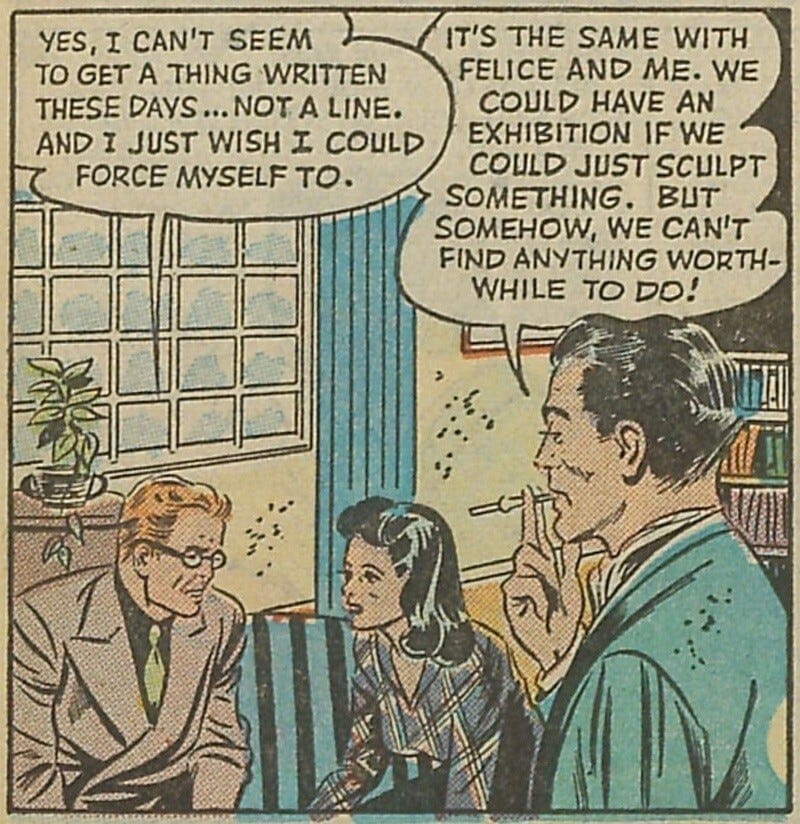
Well, finals week is over! I have survived and thrived during my first semester of the MLIS.
Now, I’m turning my eye toward trainings for my new library job, which occurs during the next two weeks. Unfortunately, the training requires a fair bit of driving. I hate driving. I hate cars. I despise them. More on that later in this newsletter.
I’ve also got a fair bit of prep work to consider for the new position as editor-in-chief, which includes connecting with my staff. I’m a firm believer in getting started on things early because, inevitably, life will happen and, if you’ve left stuff until the last minute, life will inevitably suck.
I have some projects I’m very excited to build as the new EIC for this academic journal, too, so the earlier I get on those, the better.
Other things of note for the summer include:
- A speaking engagement at a private online conference: I’ll be presenting asynchronously, however, due to time constraints. Still, I’m excited about that.
- The summer semester of my MLIS, which is blessedly just one class.
- A few small trips here and there.
Things won’t get truly nonsensical again until the fall, when I have to figure out how to balance two jobs alongside nine units of classwork.
Writing
My goal of finishing my novel in May got pretty heavily sidetracked just as I was actually getting close! I’m nearing my original word count goal of 80k, and I project the story to be a bit longer than that, given the way the plot is progressing.
Unfortunately, until I can get through these trainings, I don’t believe I’ll have much time or energy for working on it.
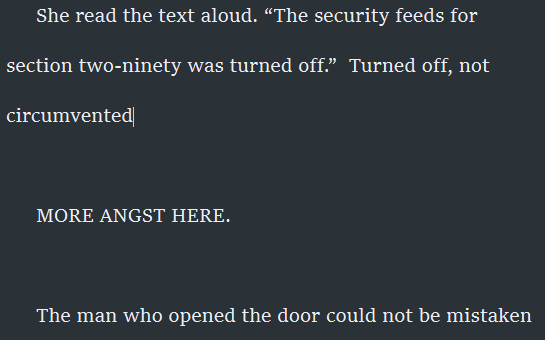
From the world
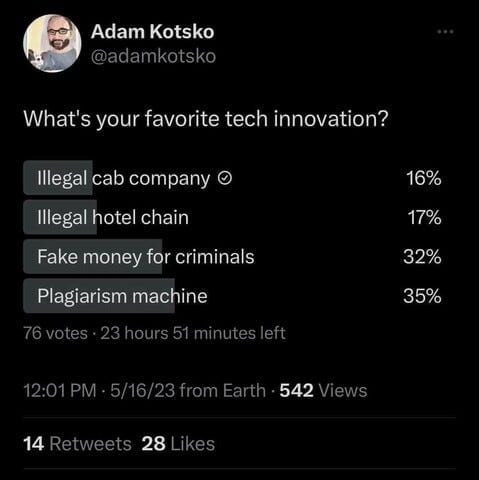
Our world is changing so much faster than our ideas about life. Our systems cannot keep their form, the center cannot hold, and loosed upon us is a widening gyre heralding the coming of a murky doom.
But “doom” is just another word for “fate,” and I believe that collective effort provides a measure of free will to our physics-bound species. I believe that we can choose our fate, if we set out early enough, and maintain diligence in our pursuit of dreams made real.
To that end, here are some of the things on my mind:
- This fascinating opinion piece on Crimea from someone who traces their ancestry through Tartars, a population Russia has historically tried to purge repeatedly. Being an opinion piece, it’s written in a direct and emotive style, and offers a view of the situation that Westerners might not be paying attention to as much as they should.

- Teacher’s Appreciation Week was the 8th-12th. But, did you know, most public K-12 teachers hold a master’s degree, but their median pay is nearly $20,000 lower than the median worker with an advanced degree. I think one of the best ways we can appreciate teachers is by ensuring they get compensation that better matches their importance in our society.
Teachers are the bedrock on which a society is built, and we should be incentivizing their training and retention at the highest possible levels.
A democratic society cannot function without a highly educated populace, and the best education is not determined by administrative skills checks, grade tests, or technologically-inundated classrooms.
The best education happens when we have the best educators.
Front-line public servants of all kinds should be paid more highly, be afforded top-notch benefits, and see their education costs refunded by society.
Workers across America deserve better, and Bernie Sanders has already been pushing for advancements like a $17 federal minimum wage to bring a drop of sanity to our system. But our treatment of those public servants without whom our country cannot function has remained mired in terrible 1990s legislature, with barely any noticeable improvements in the last thirty years. It’s time we change that.
Here’s a great piece from another Substack writer who’s tackling the issue of the ongoing attack on higher education, too:
- In another piece of important social news, we should be putting users first when it comes to the function and design of the Internet.
“The net’s long decline into “five giant websites, each filled with screenshots of the other four” isn’t a mystery. Nor was it by any means a forgone conclusion. Instead, we got here through a series of conscious actions by big businesses and lawmakers that put antitrust law into a 40-year coma. Well, now antitrust is rising from its slumber and we have work for it to do.”
Cars, cars, everywhere are cars…
Did you know that the sound of traffic raises your blood pressure? And, when combined with air pollution, the risk of hypertension shoots through the roof. But I didn’t need an eight-year study to tell me this—I’ve always hated being around cars.
Cars create some of the worst pollution worldwide, especially when the full environmental cost of their construction is considered alongside their operation. Even the latest generations of electric vehicles are disastrous for our health and wellbeing, with recent estimates of carbon emissions during the manufacturing process proving the industry to be anything but healthy.
Once upon a time, the United States had a strong passenger rail network, but efforts to connect our massive landscape via highways changed everything. Now, we’re stuck with millions of miles of expensive-to-maintain, environmentally-costly, and annoying roads… while our rail system, privatized and dilapidated beyond all belief, is more expensive than flying.
That doesn’t seem right to me.
Thanks for reading Halvorson Times! Subscribe for free to receive new posts and support my work.
During the height of Covid-19, we saw spaces for cars in our society decrease. Parking lots became outdoor eating spaces, lanes were tightened and closed to provide larger communal walkways, and some cities even restricted access to their bustling centers completely.
Since then, things have been “returning to normal,” which is to say that we’re once again being stuck with the inconvenience, health-risks, and cost of cars.
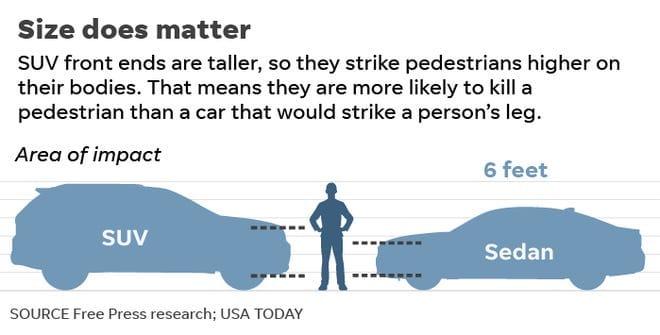
Deaths in the United States are up 59% since 2009. Fifty-nine percent. This is partially attributed to the size of modern American cars, but there are likely other factors at play as well, such as the angle and brightness of modern headlights.
What can you do to fight cars in your community?
The best response to car-heavy areas is to improve access to the following:
- Bicycle paths: dedicated paths that do not rely on existing roadways are best, though bike lanes that take up a portion of existing roadways are at least a step in the right direction. However, many cities opt for poorly designed bike lanes that increase the risk of cyclist injury. It’s vital that you attend your local city council meetings armed with the best knowledge about how bike lanes should be implemented.
- Electrical (pedal-assisted) bicycle grant programs. My local geothermal power company subsidized a huge e-bike program in my area a while back that allowed me to get an incredibly useful entry-level electric bicycle. I can do everything on it: from grocery shopping to getting to-and-from work.
- Parking space reduction programs. Especially for town and city-centers, cutting off car access (except for delivery and emergency vehicles) is key.
- Lane-narrowing. This goes hand-in-hand with the addition of bike lanes. And, it allows bike lanes to be a lot safer if done correctly! (Video source).
- Support local plans that increase costs to owners of larger vehicles, incentivizing smaller cars! A borough in Montreal is doing this, and I find it incredibly exciting.
- Bring solutions to your local city council meetings, such as this new stoplight technology currently being implemented in Québec (and already used extensively in Europe). This type of traffic light only turns green for drivers who are going under the speed limit!
- Tell Automakers: Fix front-end blind zones! (It’s a simple petition, just sign it!)
Now, I’m aware that I’m writing this just as California hits its goal for EVs two years ahead of schedule, but electric vehicles are not a panacea. They’re only going to become part of the problem unless major steps are taken to curtail the use and manufacture of all personal vehicles. But, to make this something feasible, especially for low-income and disabled people, the alternatives for public transportation and safe bicycle transportation need to be pushed hard. Walkable spaces, bicycle spaces, and serious technology redesigns need to all be considered if we’re going to see real change.
“You have to make people happy against their will … Don’t try to find this consensus for everything, especially on things on mobility, because you will not convince everybody. All the projects we did faced opposition, but in the end, most of them were accepted because they were good projects.”
It’s time that America takes up their lead.
Let’s bounce up the vibe
Some of you may know that Babylon 5 is one of my favorite science fiction series ever, right there alongside Star Trek and Farscape. J. Michael Straczynski, the creator of B5, is a prolific and astounding polymath writer, with a massive body of work across the long years of his career. There is a B5 remake planned, which has been delayed due to the WGA strike (support unions!). However, while we await that, we can look forward to the much closer release of… an animated Babylon 5 film! Featuring the voices of the original cast!
And, while we’re on the topic of science fiction, let’s look at this new technology that uses electricity to bind wounds. Well, theoretically, anyway, Live tests need to be considered. But the principle is straight out of Star Trek.
Okay folks, that’s it for this week! Next week will be my last weekly newsletter, after which I plan to switch to a monthly format (see my previous newsletter for more information on why).
So, for now, go easy… and, if you can’t go easy, go as easy as you can.
~Odin

